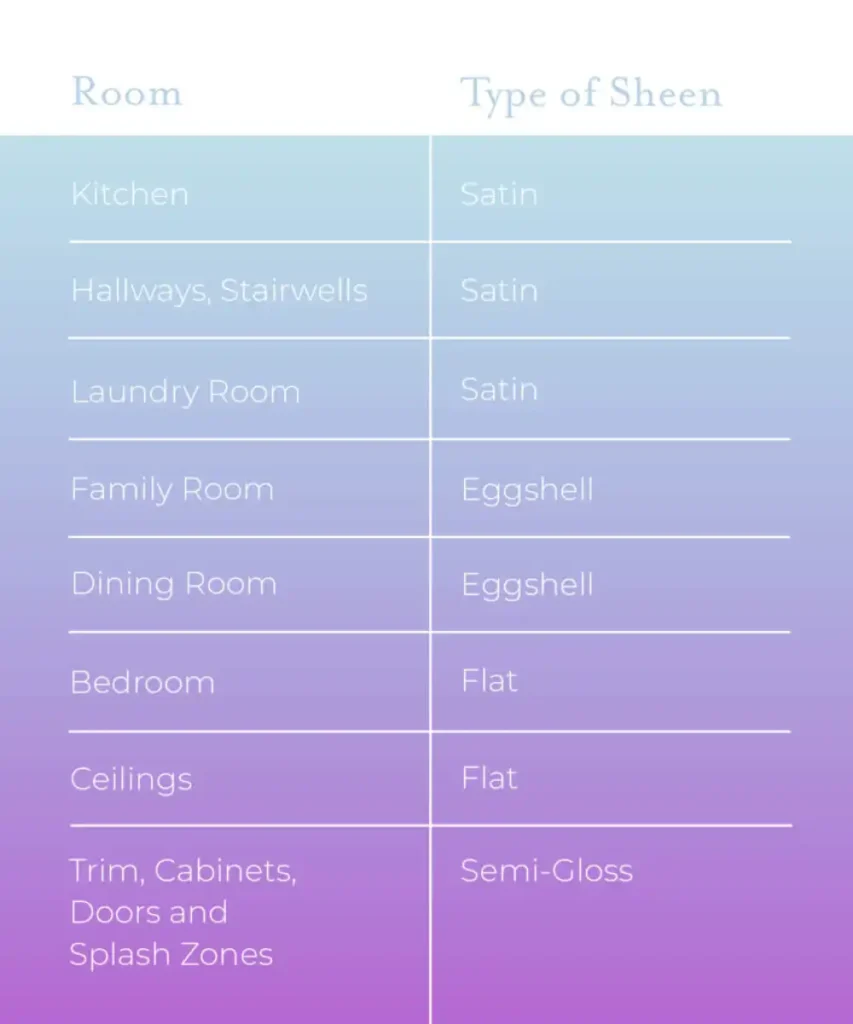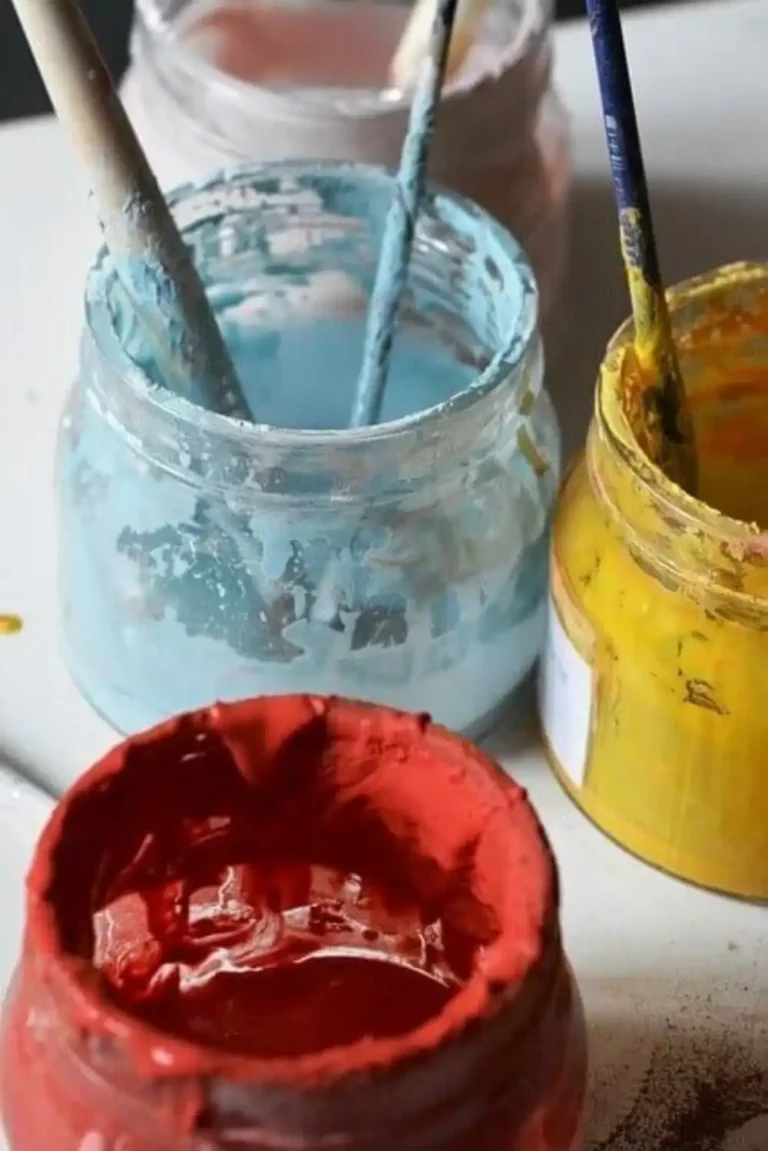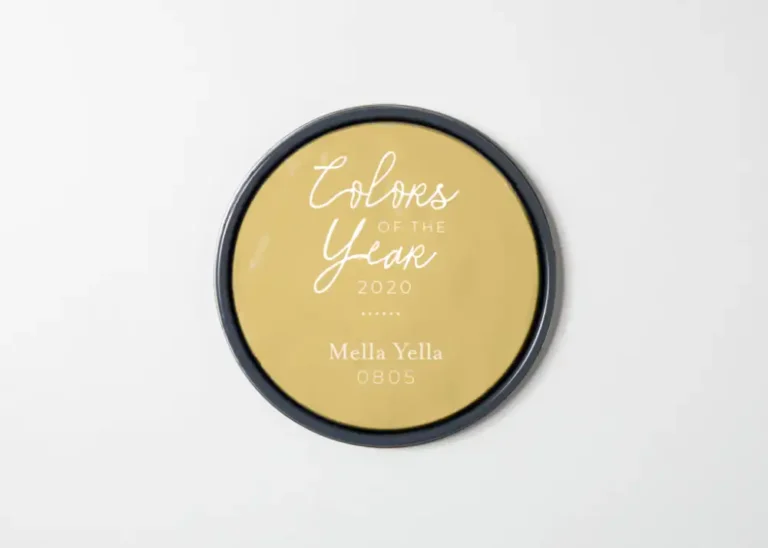What to Look for When Buying House Paint in 2026
Whether you’ve just moved into a new home, are tackling a renovation project, or simply want a fresh look for the new year, choosing the right paint makes all the difference. Between improved paint formulas, sustainable materials, and trending color palettes, buying house paint in 2026 is easier—and more exciting—than ever.
At James T. Davis, we’re here to help you plan confidently from the first brushstroke to the final coat.
How Much Paint Do I Need?

Few things stall a project faster than running out of paint halfway through. Fortunately, a quick calculation can save time, money, and frustration.
To calculate how much paint you need:
Total Length of the Walls × Height of Room = Square Footage of Room
Example: A 12 ft × 15 ft room with 8 ft ceilings
→ (12 + 15 + 12 + 15) × 8 = 432 sq ft
Subtract for openings:
- 20 sq ft per door
- 15 sq ft per window
Most modern paints in 2026 cover 350–425 sq ft per gallon depending on the surface texture and color depth.
Pro tip:
- For new drywall, plan on 1.5 gallons per 400 sq ft (the extra half gallon accounts for absorption).
- For ceilings, multiply length × width ÷ 400 = gallons needed.
Example: 14 ft × 20 ft = 280 sq ft ÷ 400 = 0.7 gallons (round up to 1).
If you’re using textured finishes, primer, or deep colors that require multiple coats, always add 10–20% more paint than your base estimate.
How to Coordinate Paint Colors
Once you’ve planned your quantities, the fun begins—color coordination. The right palette turns separate rooms into a cohesive home story.
1. Take Inventory of Your Spaces
List each room along with:
- Current paint color
- Inspiration or new color choice
- Photos and digital swatches (2026 paint apps can visualize these instantly with AR).
2. Choose by Emotion
Colors shape how you feel in a space. Here’s a modern emotional guide:
- Bedroom: Calm – soft blues, sage greens, warm whites
- Kitchen: Energizing – sun-washed yellows, clay neutrals
- Dining Room: Comforting – amber beige, terracotta
- Living Room: Inviting – warm grays, muted coral, soft charcoal
- Bathroom: Restorative – powder blue, pearl, mist green
- Kids’ Room: Imaginative – playful lavender, sky blue, peach
3. Consider Lighting Conditions
Natural and artificial lighting can completely change color perception.
- For rooms with limited light, opt for lighter tones with warm undertones.
- Rooms flooded with sunlight can balance cooler or mid-tone hues without looking flat.
- LED lighting (now standard in 2026 homes) often amplifies blue undertones—test samples under your actual bulbs before finalizing.
4. Create Flow Between Rooms
Transitions matter. Avoid jarring color jumps from room to room—softly blend tones across your palette for a story that feels connected.
What Paint Sheen Should I Choose?

In 2026, advancements in paint technology mean you can get both durability and beautiful finish in nearly every sheen.
General rule: The higher the shine, the more durable and washable the surface.
| Room | Recommended Sheen | Why It Works |
|---|---|---|
| Living Room / Bedroom | Eggshell or Satin | Smooth finish with soft reflection |
| Kitchen / Bathroom | Semi-Gloss | Easy to clean, moisture-resistant |
| Trim / Doors | Gloss or High-Gloss | Durable and crisp |
| Ceilings | Flat or Matte | Hides imperfections, diffuses light |
Many of today’s eco-friendly paints now use low-VOC and antimicrobial formulas, offering longer life, safer air quality, and easier cleanup.
How Will My Paint Colors Work With My Decor?
Your paint is the backdrop of your story—it should complement your furniture, textures, and style.
Before finalizing colors, ask yourself:
- What pieces in my home do I truly love?
- Do I value sentimental charm or modern cohesion more?
- Will I refresh my décor soon, or should the paint enhance what’s already there?
- Do I prefer spaces filled with personality or minimalist calm?
If you plan to change furniture or artwork soon, choose neutral wall colors that adapt easily. But if your décor is settled, lean into complementary tones that accentuate what’s already there.
Design trend for 2026: Balanced biophilic palettes—earthy greens, terracotta reds, stone neutrals, and soft blues that pair perfectly with natural materials like rattan, oak, and marble.
Ask the Experts
At James T. Davis, we make paint selection effortless. Our free design consultations help you coordinate color, lighting, finishes, and décor to craft a look that feels uniquely yours.
Whether you’re planning a full-home repaint or simply updating one room, our experts can help you choose the right tones, sheens, and finishes to bring your vision to life.
Let’s get started—contact us today to schedule your consultation or pick up your free color samples.






